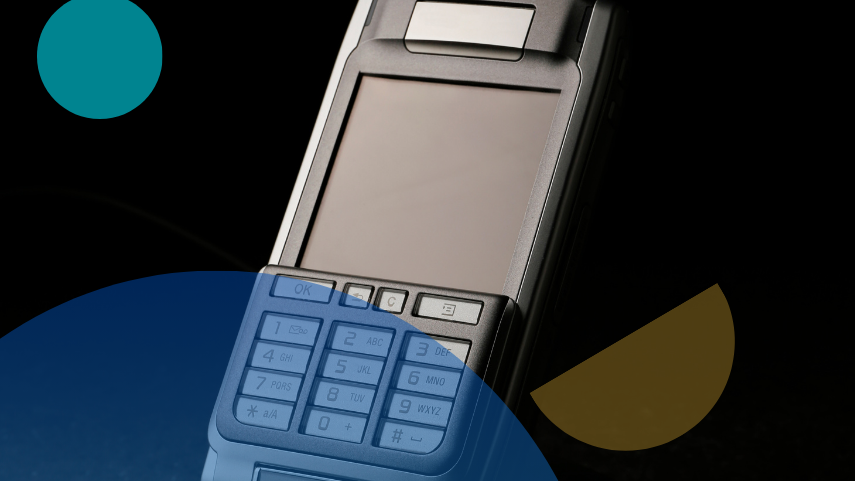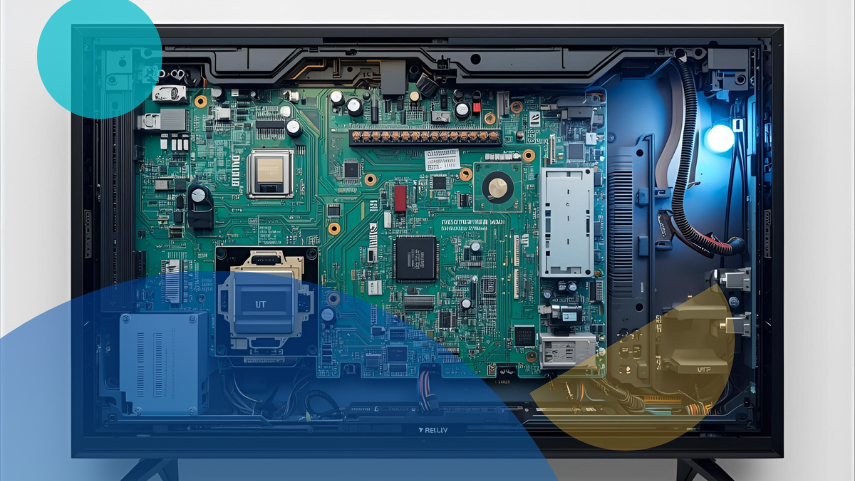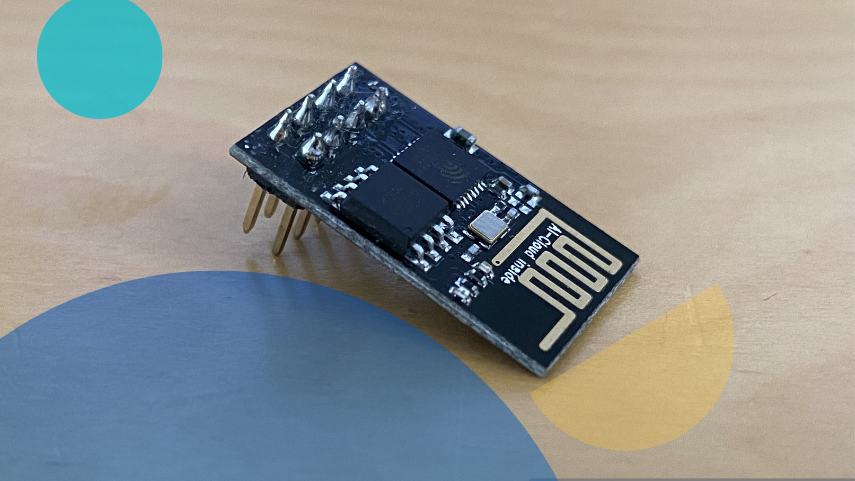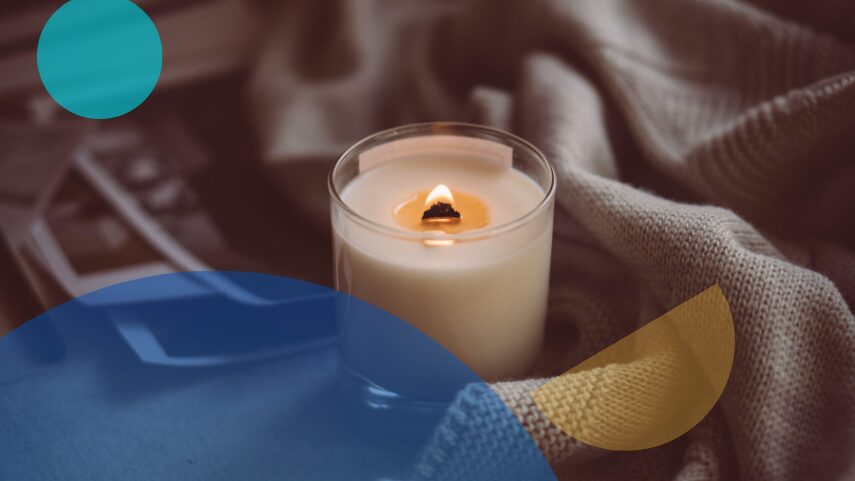
Value Delivered
GreyB found a direct prior art match by combining assignee-based research, image-driven shortlisting, and prosecution history analysis. This discovery addressed every aspect of the trade secret, ensuring a solid foundation for defense.
The approach went beyond textual disclosures and leveraged visual and contextual insights to uncover highly relevant prior art that might otherwise remain hidden.
Problem Solved
The client sought prior art for an imaging device featuring an objective lens, image sensor, display screen, and aperture. The key challenge was ensuring that the image sensor, aperture, and display screen were aligned in parallel.
An assignee with multiple filings in the relevant domain was identified. However, the available patents only disclosed the necessary components individually, without explicitly describing their arrangement. Traditional keyword searches proved ineffective, as terms like “parallel arrangement” were not explicitly mentioned in the patent text. This required a more nuanced approach to identify prior art.
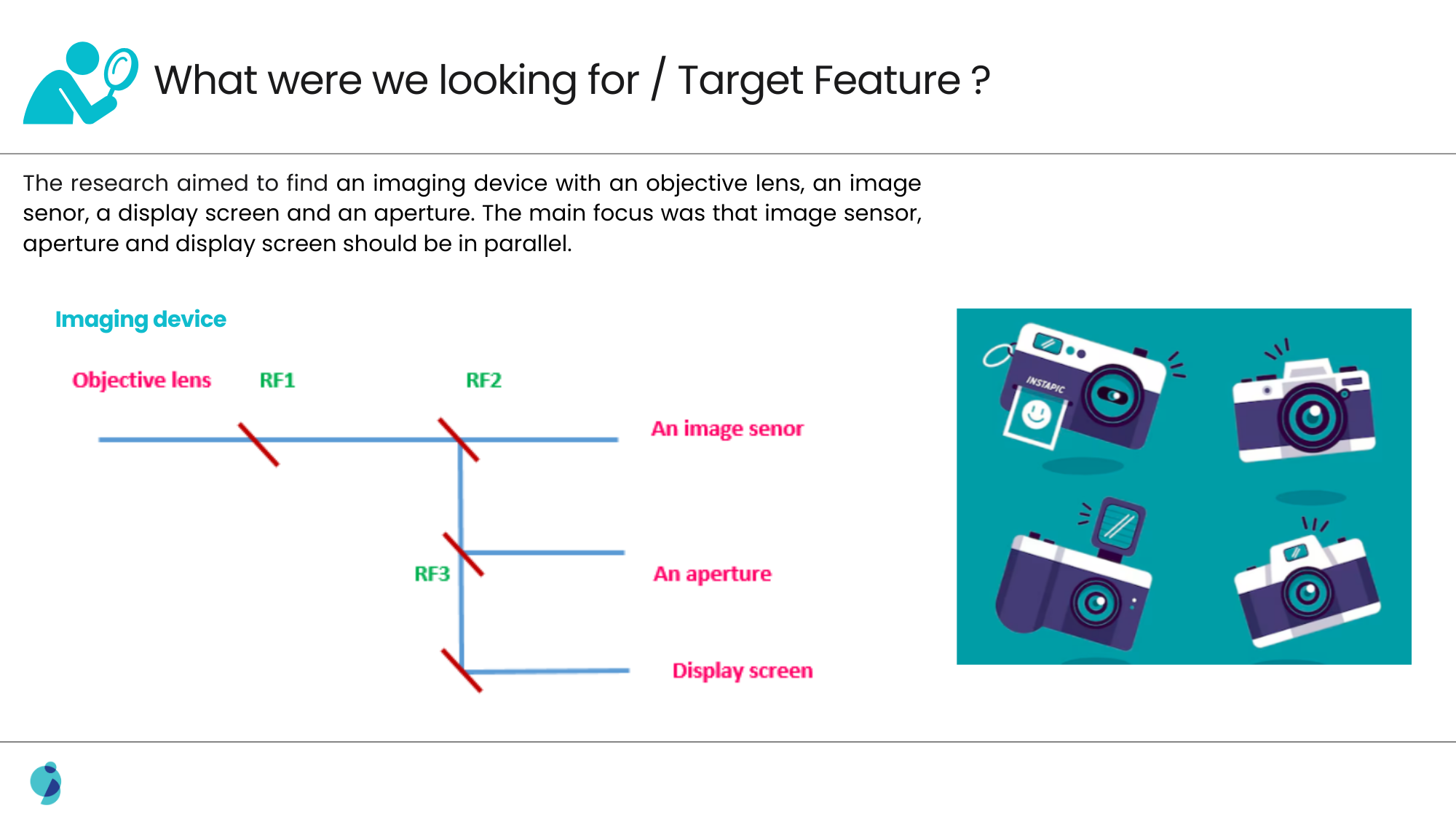
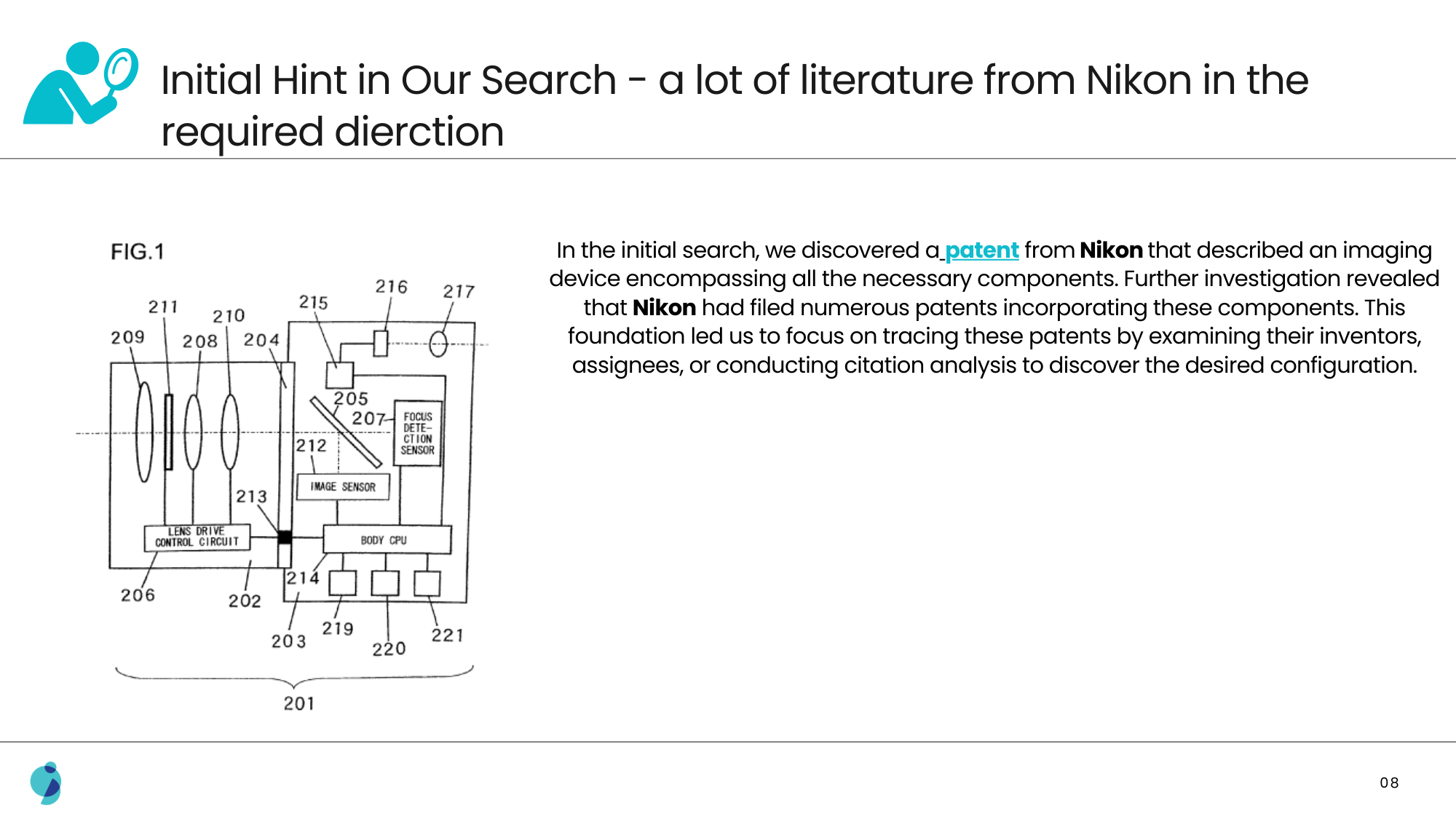
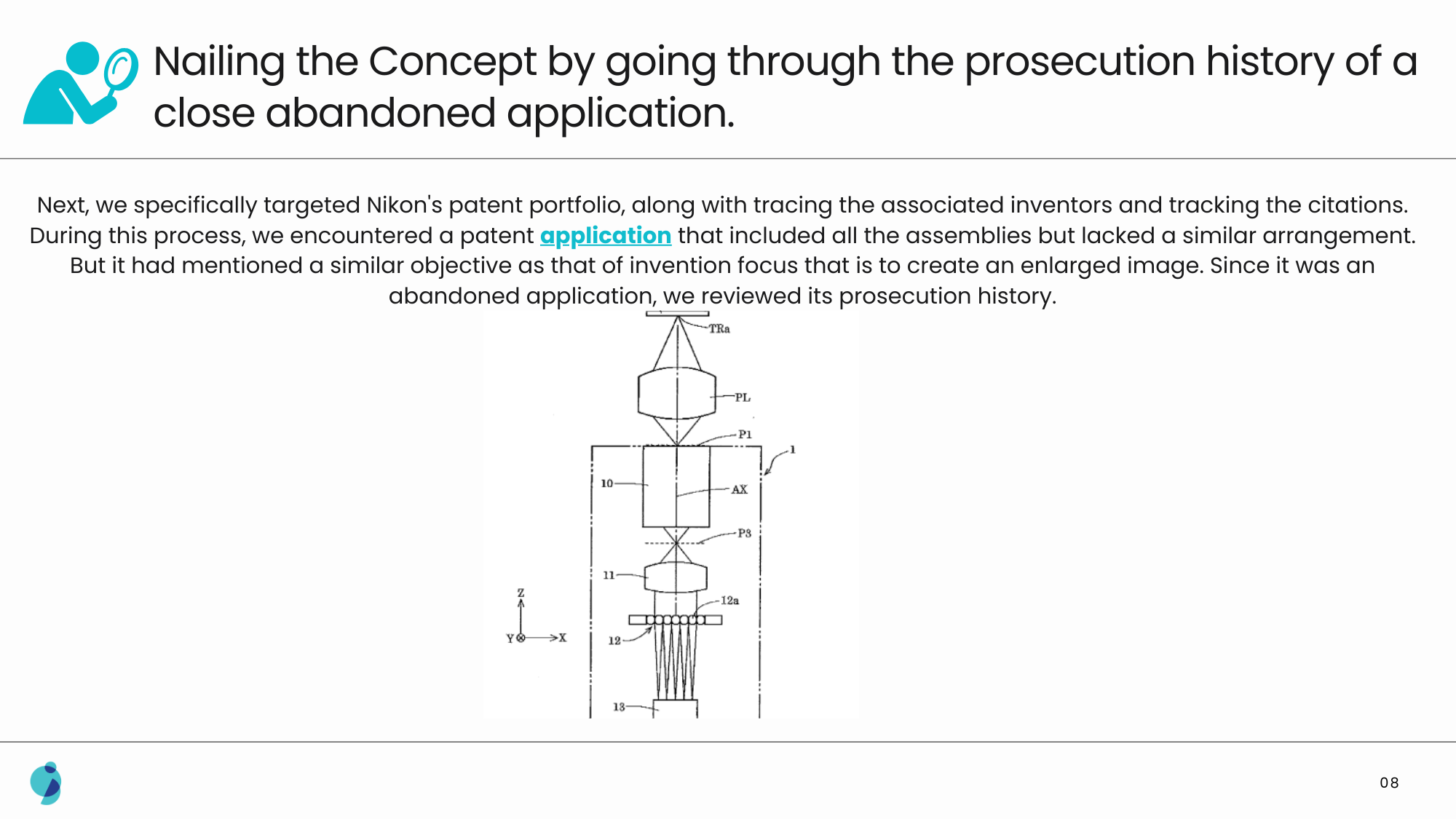
Solutions Offered
Patents were reviewed through images, rather than relying solely on textual descriptions. An assignee with multiple filings in the relevant domain was identified. An assignee with multiple filings in the relevant domain was identified, and the search was narrowed to their portfolio. This focused approach led to the discovery of an abandoned application, which contained a problem statement strikingly similar to that of the trade secret.
To validate its relevance, the prosecution history of the abandoned application was examined. A deeper investigation revealed a crucial disclosure that perfectly aligned with the core elements of the trade secret. This provided the missing link that traditional searches would have overlooked.
Get the full case study to discover how GreyB cracked a trade secret prior art for imaging module arrangements.
Request Full Case Study
Download in PDF Format and read anytime. Fill the form to get access to this article.

